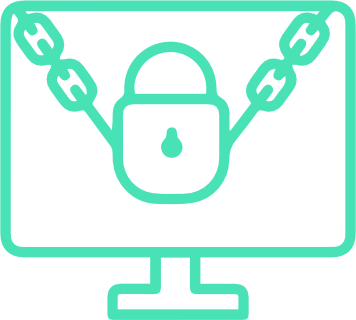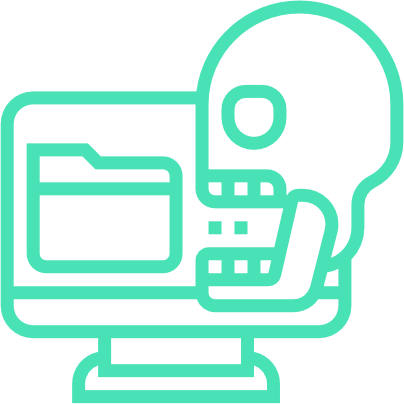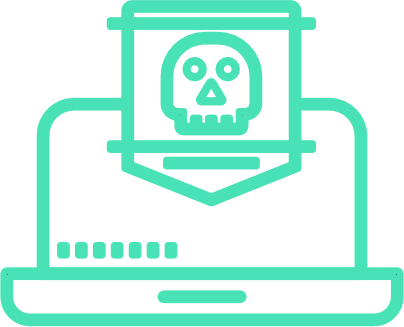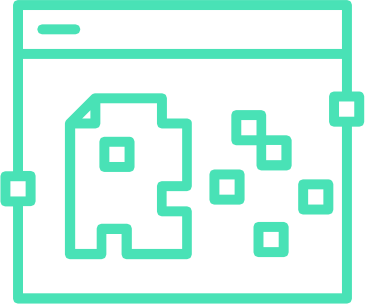Gone are the days when healthcare organizations used to store patient data in piles of papers and files. Not only was that inconvenient and time-consuming, but also expensive in terms of both money and resources. Now, with exponential growth in technology, more and more healthcare businesses are moving to the cloud.
In fact, by 2027, the global market of healthcare cloud computing is estimated to cross $92 billion, as per a Research and Markets study.
How Cloud Computing is transforming the healthcare industry?
Healthcare organizations handle a multitude of patient data every day. And going the cloud way helps them do that more efficiently and conveniently. With all the necessary information in the cloud, healthcare businesses can store, access, update, and retrieve any piece of cloud-hosted healthcare data they need at any given time. That, in turn, helps patients receive timely and optimal treatment.
Moreover, moving to the cloud also cuts down costs compared to conventional data storage methods.

However, such advancements in health tech have brought in a wave of vulnerabilities and cybersecurity threats. Whether targeting sensitive patient information or healthcare facilities’ network operations, hackers adopt newer tactics to weaken cloud security. For example, they steal crucial patient information and use them to file false claims, impersonate identities, or resell to dark-web operators for higher profits.
How do hackers attack the cloud? What are the threats? Let’s find out.
Top 5 Threats Healthcare Industry is Facing in the Public Cloud
While cyber-attackers keep evolving their hacking mechanisms, the following are the most common types of healthcare attacks you will come across:

Ransomware Attacks
In ransomware attacks, hackers steal healthcare organizations’ data and ask for a ransom to return the same. If the targeted healthcare business fails to pay the demanded amount, hackers delete and destroy the entire stolen data. Such an occurrence can cause a massive blow to the organization’s operations and the quality and future of patient care. Therefore, the targets for ransomware attacks are both big and small healthcare businesses.
For instance, DCH Health System in Alabama suffered a ransomware attack in October 2019. The attack forced all three medical facilities of DCH to shut operations. The authorities had to pay an undisclosed amount as ransom to hackers to get back access to their files.

Insider Threats
Insider threats make for about 48% of all data breaches, as per the Data Breach Investigation Report 2020 by Verizon. Surprising, isn’t it?
Unfortunately, insider attacks often occur due to employee carelessness, lack of training, or deliberate attempts for financial gains. And healthcare organizations, too, tend to overlook its significance while focusing all their energies on strategizing and developing countermeasures for external attacks.

Internet of Medical Things (IoMT) Risks
The IoMT refers to various medical devices (including wearable ones) and apps connected to the network of a particular healthcare organization. It streamlines treatment and patient data, facilitating more straightforward data access. However, at the same time, these multiple access points expose the system to hackers, making the entire health network infrastructure vulnerable.

Distributed Denial of Service (DDoS) Threats
DDoS attacks, launched through malware, disrupt access to the entire health tech network, often leaving it inoperable. After infecting computers, the malware turns them into bots and gives total control to the hackers. It becomes almost impossible for healthcare industry professionals and patients to access vital, more straightforward records in such situations.

Phishing Attacks
Hackers use phishing attacks for data breaches. Phishing, one of the social engineering attacks, tricks victims into revealing information or deploys malware on their systems, as attackers pose as a trusted body via emails or messages. What’s fascinating is that many healthcare segment enterprises fall prey to it, despite the much-publicized instances of such attacks.
One of the recent examples of phishing attacks is the one on Georgia’s Aveanna Healthcare. The hospital witnessed the first such attack in July 2019 but detected it only in August 2019. As a result, the attack put around 166,077 patients’ data at risk. What was worse, patients were notified about the attack only in February 2020, violating the Health Insurance Portability and Accountability Act (HIPAA). Aveanna Healthcare, as a consequence, not only lost its reputation but is also currently facing a lawsuit filed by patients.
Considering the nature and impact of these attacks, the HIPAA requires healthcare organizations to employ stringent security measures to protect patient data.
But how can you secure the cloud for your healthcare business?
Contrary to popular belief, data security is an ongoing process. Therefore, you will need to be proactive in implementing robust cloud security measures for compliance and data protection.
Here are some of the measures you should incorporate:

Risk assessments
It is critical to conduct periodic assessments of risks to identify weak and strong security areas for ensuring maximum data security. Furthermore, HIPAA rules mandate healthcare providers to perform annual risk assessments to retain their criteria.

Data encryption
Data encryption is one of the best techniques to ensure security on public clouds, whether stored or in-transit information. It makes it difficult for hackers to retrieve and read sensitive patient information.

Restrictions to data access
Not every employee needs access to every piece of information in your healthcare system. That’s where a role-based access system enters the picture. In addition, limited data access increases data security in the cloud since employees can only access those bits of information required to perform their job.

Employee training
Since many data breaches occur from negligence or human error, it is essential to train your employees on the best practices in cloud security. In addition, make them aware of the latest threats, such as phishing and scam attacks, and how to tackle those to prevent them from falling victims.
But as the saying, especially in the healthcare world, goes “Prevention is better than cure”. So, healthcare organizations need to be even more careful about Cloud Security Posture Management (CSPM).
What Exactly is CSPM?
As per Gartner’s definition, CSPM is a continual process of improvement and adaptation in cloud security to lower the probability of a successful attack. With CSPM, identifying and mitigating risks become automated across various cloud infrastructures, including SaaS (Software as a Service), PaaS (Platform as a Service), and IaaS (Infrastructure as a Service).
Furthermore, CSPM tools offer automated compliance monitoring and continuous checking for misconfigurations, both intentional and unintentional. Such continual, automated detection prevents potential data leaks/breaches while helping organizations make timely, essential updates.
The key, however, is to choose the right security partner. Cloudlytics, a global solution provider, provides modern enterprises with best-in-class CSPM solutions. Our solutions ensure that healthcare players achieve the required standards in cloud compliance, asset monitoring, and precise security analysis.






